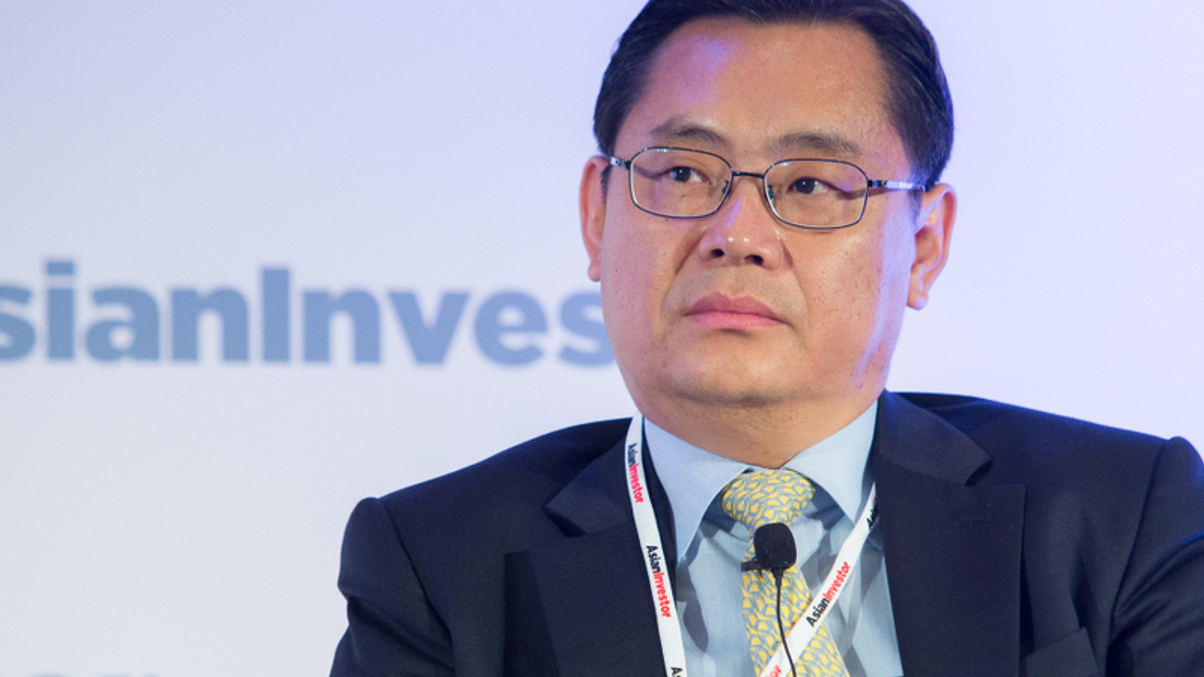BOK, Ageas, Hospital Authority talk allocations
Different investors have different ideas of how to generate returns as global interest rates remain at record lows.

Generating returns has been a challenge for several years with global interest rates having stayed rooted at record lows, forcing institutional investors to seek alternatives to sovereign debt.
Sign in to read on!
Registered users get 2 free articles in 30 days.
Subscribers have full unlimited access to AsianInvestor
Not signed up? New users get 2 free articles per month, plus a 7-day unlimited free trial.
¬ Haymarket Media Limited. All rights reserved.


